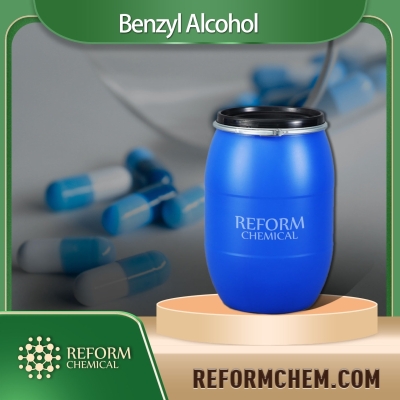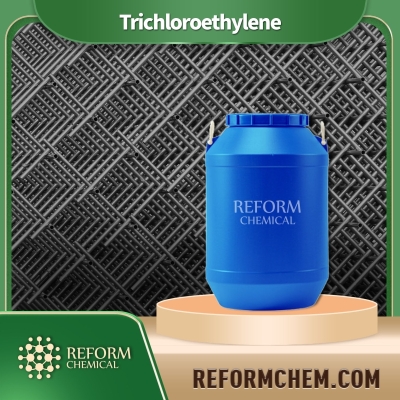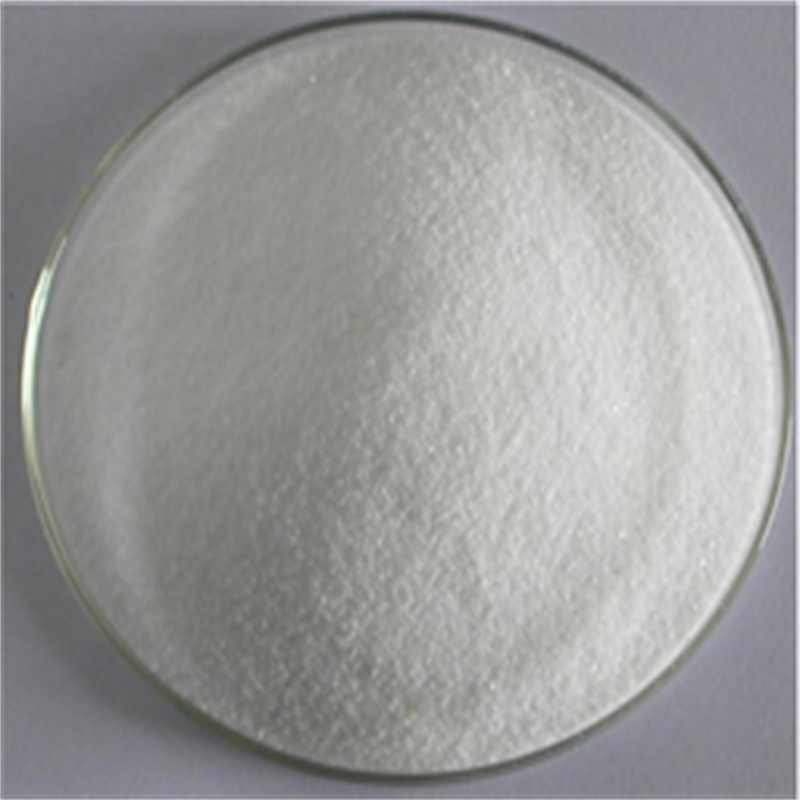-
Categories
-
Pharmaceutical Intermediates
-
Active Pharmaceutical Ingredients
-
Food Additives
- Industrial Coatings
- Agrochemicals
- Dyes and Pigments
- Surfactant
- Flavors and Fragrances
- Chemical Reagents
- Catalyst and Auxiliary
- Natural Products
- Inorganic Chemistry
-
Organic Chemistry
-
Biochemical Engineering
- Analytical Chemistry
-
Cosmetic Ingredient
- Water Treatment Chemical
-
Pharmaceutical Intermediates
Promotion
ECHEMI Mall
Wholesale
Weekly Price
Exhibition
News
-
Trade Service
The child, male, 2 years 8 months, 11kg, because of "discovery of poor hearing in both ears 2 years" was admitted to the hospital, with deafness admitted to the ear, nose and throat head and neck surgery, intended in general anesthesia underthesis cochlear implantsPreoperative visit son, his parents complained about the child had three emotional intense agitation after fainting history, all in the child lying flat to rest for a moment that self-conscious, wake up and usually no difference, flat su run and play and other vigorous exercise with children of the same age no abnormalities, in the local children's hospital, diagnosed with epilepsy to be checked, did not find out the cause, nearly half a year no seizuresThe child has no other diseases and surgery history, nearly two weeks without a cold fever, the child's parents are not deaf, sudden fainting historycheck the body, the child's vital signs are stable, HR90 times / minute, rhythm, the valve area is not associated with noise, double lung hearing symmetry, breathing sound clear, the child in the parents' escort and guidance of preoperative visit, the open mouth is about the width of the child's own three fingers, head and neck activity is normal, no other abnormalitypreoperative examination e.ge.o.d.: sinus heart rhythm, V3 conductor-like T-wave, QT inter-period significantly extended (QT/QTc: 480/523ms)There were no obvious abnormalities in the echocardiogram, chest X-rays, blood routine, liver and kidney function electrolytesDue to the extension of the Period of QT, anesthesiologists consider that children may have long QT inter-period syndrome, recommends consultation with cardiology, diagnosis of Jalan syndrome, and give propranolol 6.6 mg, 2 oral dailyAfter the consultation of cardiology, the anesthesiologist again visited the child, and repeatedly explained the risk with the family, the perioperative period may occur at any time chamber speed or even ventricular fibrillation and other malignant arrhythmiathe morning of the operation, anesthesiologists in the operating room to prepare a defibrillator and magnesium sulfate injection, while preparing epinephrine and other rescue drugsBefore surgery in the parents' accompanying downstream vein retention needle, oral propranolol to the morning of the operation, before surgery to give midazolam 0.2mg/kg nasal drop, the child fell asleep and hugged into the operating room, routine electrocardiogram monitoring, placed a good defibrillator electrode plateOxygen denitrogen, given fentanyl 2 sg/kg, propofol 2.5mg/kg, shun aquku ammonium 0.15mg/kg, dexamethasone 2mg induction, muscle loose after effect into the 2 s single pipe larynx, throat cover good, machine-controlled Breathing, peeling before giving fluorobiofen ester 1mg/kg, surgery with propofol compound riffenteni all with intravenous anesthesia maintenance, pay close attention to electrocardiogram, surgery lasts about 45 min, surgery incision 0.25% roponica in local immersion anesthesia, after surgery sent to PACUchildren into PACU did not wake up, self-breathing weakness, given Atropine 0.15mg plus News Ming 0.3mg antisapathy residual muscle pineChild consciousness gradually restored, sputum ready to remove the larynx cover, suddenly occurred cutting-edge torsicanous ventricular tachycardia (TdP), ventricular rate of 190 to 210 times / minute, considering sputum stimulation led to catechinol amine secretion, rapid removal of the laryngeal mask, mask pressure to oxygen, TdP continued about 30s after self-converting to sinus heart rhythm, HR90 to 100 times, rapid blood gasation, the results show edireThe child breathing smoothly, self-breathing SpO2 96%, patting to pacify the child, close electrocardiogram monitoring 30min, no abnormality after following the family back to the wardthe child was sent back to the ward about 1h, then sent TdP once, lasting about 60s, self-recovery, emergency line bedside electrocardiogram, the results showed: sinus heart rate (78 times / min), T-wave change, QT period significantly prolonged (QT/QTc: 628/661ms) Please consult the pediatric internal medicine, after consultation transferred to the children's intensive care unit (NICU), and the oral propranolol adjusted to 6.6mg, 3 times a day anti-arrhythmia, sodium phosphate protective cardiomyopathy therapy, close cardioelectric monitoring, surgery night sinus tachycardia once, heart rate Fluctuations in 135 to 145 times / minute, lasting about 2min after self-relief, after the child did not develop arrhythmia, after THE NICU treatment 24h back to otolaryngology head and neck surgery, continue oral propranolol therapy, after 1 week after the recovery of the child discharged from the hospital discussion
patients with congenital deafness may combine other congenital abnormalities, including congenital long QT syndrome (LQTS) LQTS refers to a group of syndromes with extended QT period, ventricular arrhythmia, fainting and sudden death on an electrocardiogram, which is family-like and is accompanied by the first description of the deaf by Jervell and Lange-Nielsen, hence the jalan syndrome Children with a history of sudden death of siblings, a history of sudden fainting, and a history of epilepsy diagnosed as unexplained should be suspected of having congenital long-term QT syndrome because LQTS is a high risk factor for ventricular arrhythmia, it is very important to observe and process LQTS clinically, and LQTS-induced arrhythmia is often TdP In this case, the child fainting is emotionalafter occurred, diagnosed in the hospital as epilepsy to be checked, in this electronic cochlear implant preoperative examination, electrocardiogram examination shows that the QT period is extended, anesthesiologist preoperative visit suspected children with congenital LQTS, timely consultation with cardiology to treat beta blocker has been used as a first-line drug for congenital LQTS, whose anti-arrhythmia mechanism is to reduce or prevent the increase of heart cross-wall complex isodiscrete dispersion that occurs when strong intercom stimulation occurs Although beta blockers can reduce mortality, one-third of patients treated with beta blockers are still at risk of cardiac arrest or sudden death For patients whose symptoms are still difficult to control after treatment with beta blockers, an implanted cardiac double-rhybrillate, pacemaker, or left-neck thoracic sympathetic neurosectionectomy may be considered For congenital LQTS patients to undergo surgery and anesthesia, the perinatal period should continue to use beta blockers, ready magnesium sulfate injections and defibrillators, when TdP occurs first consider the use of magnesium sulfate, if there is no reaction or accompanied by hemodynamic damage, the use of a defibrillator for DC resuscitation Any sympathetic nerve stimulation, including anxiety, crying, and noise, can trigger TdP Therefore, before surgery we take the company of parents to carry out intravenous catheter retention, midazolam drip nose sedation, in the parents' company to sleep and then hold into the operating room in order to avoid sympathetic nerve stimulation caused by trachea intubation and tracheal catheters during postoperative awakening, according to the time of surgery and the requirements of the position, we chose to stimulate the smaller larynx cover to place instead of the trachea intubation Avoid the use of narcotic drugs and other auxiliary drugs that may prolong the period of QT Midazolam does not affect the Period of QT, while sodium thiopental leads to the extension of The QT Inter-Period, propofol has little or no effect on the Period between QT, and can even reverse the extension of the Heptafluoroether-induced QT inter-period Studies have shown that volatile anesthetics (fluorane, isfluoroethee, difluoroe, heptafluoroetherine) can extend the period of QT, although the results of the study are not clear in clinical applications, but recommended that LQTS patients should avoid the use of these drugs in the field of myosine, studies show that in healthy testers, viku brominamide and shunaucuamine had no effect on the QT inter-period, in addition, they also have no histamine release and short action time characteristics, is the first choice of LQTS patients in the anesthesiocard drugs For opioids, although fentanyl's effect on the period of QT is controversial, morphine or fentanyl was not found to have been prolonged in patients with congenital LQTS based on these findings, we chose intravenous anesthesia In vitro studies have shown that 5HT3 receptor antagonists may prolong the period of QT, and ondansqiong may have a risk of TdP, so in cases we chose to use dexamethasone to prevent nausea and vomiting after surgery In addition, anticholintsterase drugs as myosapine antagonists have been shown to extend the QT inter-period of healthy subjects and should be used with caution after surgery During postoperative resuscitation, the environment should be kept quiet, giving adequate postoperative analgesia, alleviating postoperative anxiety and avoiding the induced factors of TdP the process of the awakening of children in this case, give Atropine and Xins the ming antagonistic muscle pine, the child's wake-up of sputum stimulation and not timely removal of the larynx cover caused by sympathetic nerve arousal excitement and other factors lead to TdP, timely removal of the trigger, remove the larynx cover, TdP quickly terminated, restore sinus heart rhythm Therefore, for congenital LQTS children, it is recommended to suction sputum under deep anaesthetic and pull the tube, pull the mask after the tube to oxygen close monitoring to the child wake up After surgery, the child reissued TdP, self-improvement, please increase the amount of propranolol after the pediatric consultation, and transfer to the pediatric ward to closely monitor 24 to 48h, determine the risk factors of tdP seizures and TdP seizures after transfer to the general ward, in the company of the family to safely through the postoperative rehabilitation period to discharge in short, congenital deafness is accompanied by the long QT inter-period children's anesthesia management should pay attention to the following points: (1) the continued use of beta blockers during the perioperative period; Give appropriate sedation, full analgesia during the periphery period and avoid the use of drugs that extend the period of QT; (4) reduce stimulation during postoperative resuscitation, avoid the use of anticholinase drugs, sputum suction under deep anaesthetic and pull the tube; and (5) prepare magnesium sulfate and defibrillatorduringe during the perisation period to prevent arrhythmia







